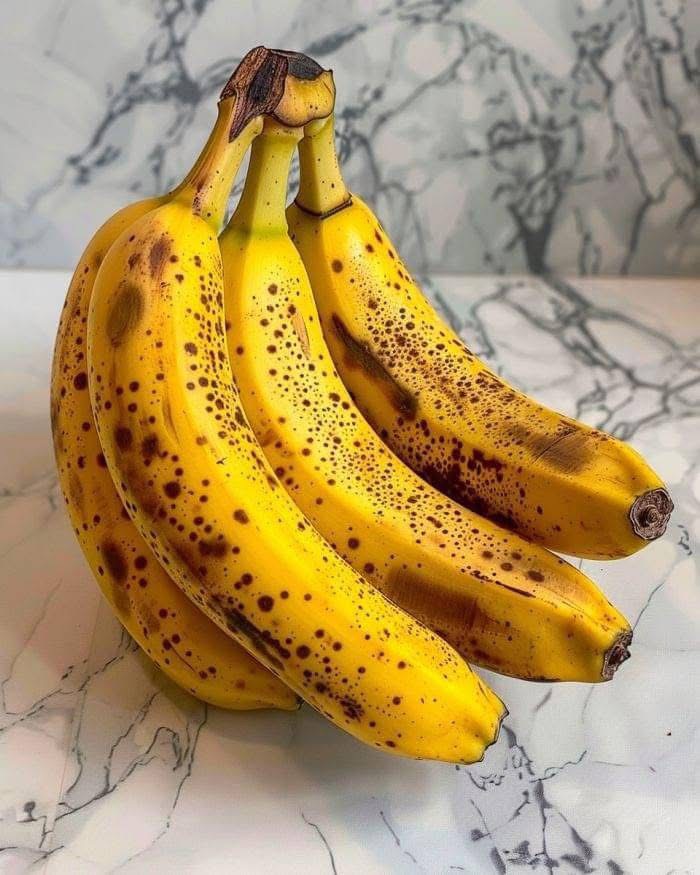Eating bananas with spots is often a sign that the banana is ripe and ready to eat. The spots, which are usually brown or black, are a natural part of the ripening process and indicate that the sugars in the banana have developed fully. Here’s what eating bananas with spots generally means:
### 1. **Increased Sweetness**
As bananas ripen, their starches turn into sugars, making the fruit sweeter and softer. Bananas with brown spots are typically sweeter and more flavorful than those that are still fully yellow or green.
### 2. **Easier Digestion**
Riper bananas, especially those with spots, tend to be easier to digest because the starches have broken down into simple sugars. This makes them a good option for people with sensitive stomachs or for those recovering from illness.
### 3. **Higher Antioxidants**
Overripe bananas (those with more spots) may contain higher levels of antioxidants, which can help protect your cells from damage. Some studies have shown that as bananas ripen, they increase their concentration of certain beneficial compounds, such as dopamine.
### 4. **Best for Smoothies and Baking**
Bananas with spots are often perfect for blending into smoothies or using in recipes like banana bread or pancakes because their sweetness and softness make them easier to mash.
### 5. **Potentially Overripe**
While bananas with some spots are delicious, if the banana becomes overly spotted or mushy, it might be overripe, and its texture could become too soft or mushy for some people’s preference. However, overripe bananas are still safe to eat and are often used in baking or smoothies.
In summary, eating bananas with spots generally means you’re enjoying a naturally sweet, ripe banana that’s full of flavor and nutrients. Whether you enjoy them fresh, blended, or baked, they’re a versatile and nutritious option!
